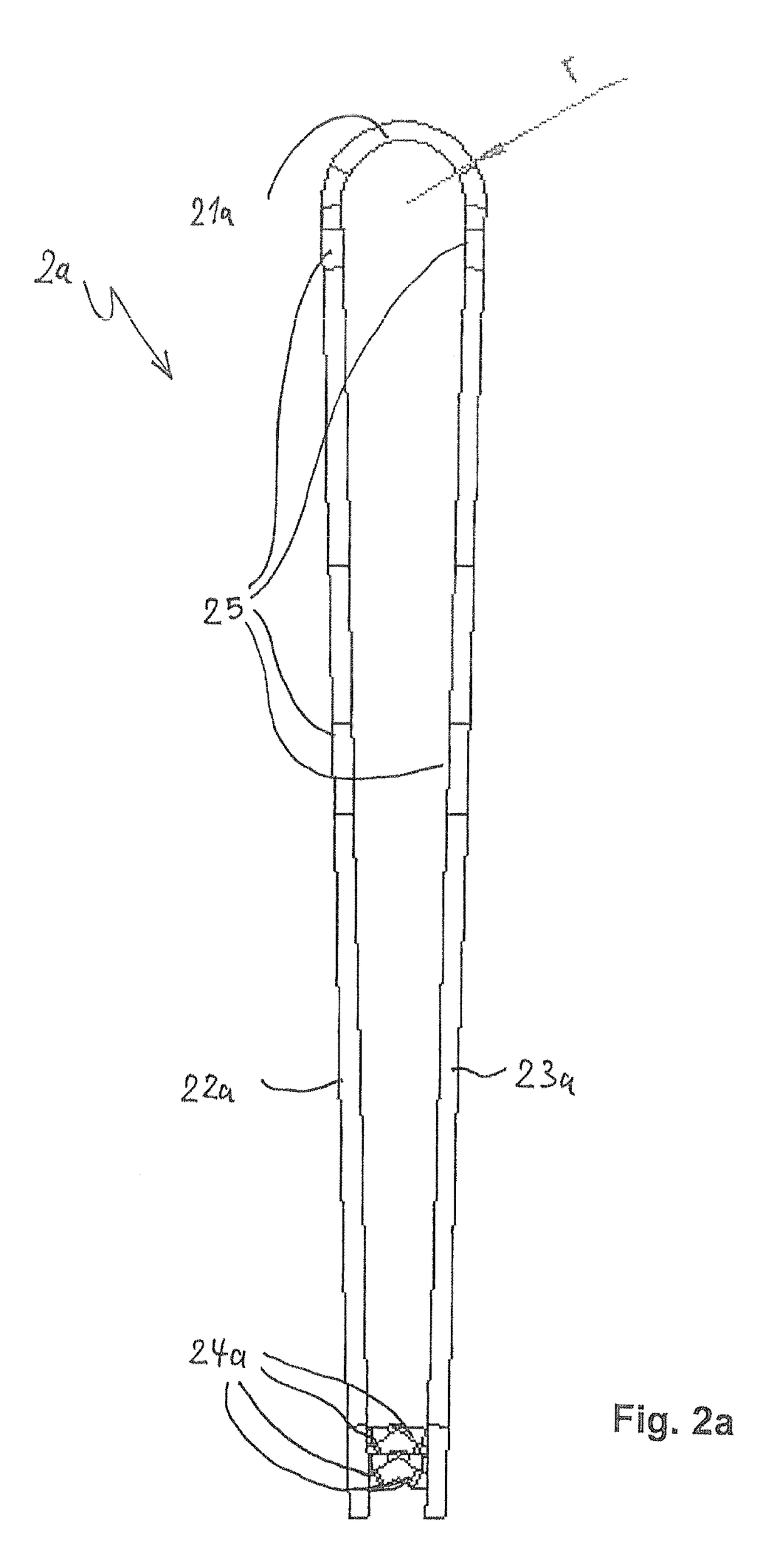Septal implant
a septal implant and septum technology, applied in the field of rhinological implants, can solve the problems of difficult operation, unsuitable implanted state, and inconvenient production of septum, and achieve the effect of cost-friendly production and expensive manufacturing
- Summary
- Abstract
- Description
- Claims
- Application Information
AI Technical Summary
Benefits of technology
Problems solved by technology
Method used
Image
Examples
Embodiment Construction
[0054]The following is a detailed description of example embodiments of the invention depicted in the accompanying drawings. The example embodiments are presented in such detail as to clearly communicate the invention and are designed to make such embodiments obvious to a person of ordinary skill in the art. However, the amount of detail offered is not intended to limit the anticipated variations of embodiments; on the contrary, the intention is to cover all modifications, equivalents, and alternatives falling within the spirit and scope of the present invention, as defined by the appended claims.
[0055]The inventive rhinological implants for straightening the nasal septum 1a; 1b; 1c; 1d; 1e; 2a; 2b; 2c; 3a; 3b; 4a, as shown in the figures can be fastened on both sides of the septum S of the human nose, on the outer surface of the septum S in each case in the left and right sides of the nasal cavity. Before implantation, the implant (1a; 1b; 1c; 1d; 1e; 2a; 2b; 2c; 3a; 3b; 4a) is fol...
PUM
 Login to View More
Login to View More Abstract
Description
Claims
Application Information
 Login to View More
Login to View More - R&D
- Intellectual Property
- Life Sciences
- Materials
- Tech Scout
- Unparalleled Data Quality
- Higher Quality Content
- 60% Fewer Hallucinations
Browse by: Latest US Patents, China's latest patents, Technical Efficacy Thesaurus, Application Domain, Technology Topic, Popular Technical Reports.
© 2025 PatSnap. All rights reserved.Legal|Privacy policy|Modern Slavery Act Transparency Statement|Sitemap|About US| Contact US: help@patsnap.com



